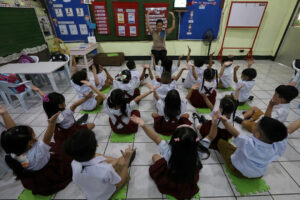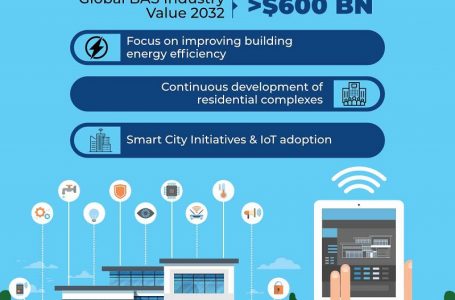Border checks due to Brexit could potentially raise consumer costs by billions
Education, labor policy reforms seen needed for young PHL workforce

By Beatriz Marie D. Cruz, Reporter
THE GOVERNMENT must enhance science education and review labor policies to suit the changing needs of the young workforce, analysts said.
Leonardo A. Lanzona, an economics professor at the Ateneo De Manila, said the government, alongside the private sector, needs a strategy to upskill workers.
“Improving science education in basic and tertiary levels should be a good start so that we do not simply implant the technology but also absorb and adapt it to suit our specific conditions,” he said in a Messenger chat.
John Paolo R. Rivera, president and chief economist at Oikonomia Advisory & Research, Inc., said labor laws and policies require review to accommodate the changing preferences of young workers.
“Gone are the days when employees are tied to their seats, depending on job/tasks. There should be more job flexibility but greater accountability,” he said in a Viber message.
Labor lawyer Jose G. Matula said young workers must also be allowed to participate in unions to address economic and social challenges.
“A multifaceted strategy that includes enhancing education and nutrition, adjusting economic policies to support workers’ well-being, and strengthening the role of unions is essential for the Philippines to fully leverage its young workforce,” Mr. Matula said via Viber.
Mr. Matula, also the president of the Federation of Free Workers, said union membership could allow the working population to negotiate higher wages and fair labor practices.
“The overall objective must be to maximize the demographic dividend, similar to what the other more developed Asian countries have done before,” Mr. Lanzona said.
The Philippines has one of the youngest working populations in the region, the ASEAN+3 Macroeconomic Research Office (AMRO) said.
In a Regional Economic Outlook, AMRO said Cambodia, Laos, Myanmar and Indonesia have also yet to hit peak levels for its working-age populations.
The Philippines’ own working age population is expected to peak by 2051, the last of the ASEAN+3. Less than 10% of the Philippine and Lao working populations are aged 55 and up.
In the Philippines, Thailand and Vietnam, seniors active at work are mostly self-employed in agricultural and live in rural areas, AMRO said.
On the other hand, working-age populations have peaked in China, Japan, Singapore, and Malaysia.
Lower fertility rates have been observed in Asia in recent years, due to higher female labor participation, advancements in family planning and education, and better living standards.
Aging is viewed as an economic risk in most ASEAN+3 economies, citing a decline in the labor force, contracting economic output, low productivity, and reduced savings.
“Aging impacts savings at the aggregate level, which means that the real equilibrium interest rate would have to adjust in response to the changes to demand and supply for savings,” according to the report.
On inflation, having a dominantly aging population influences consumption, with older people spending more on services and younger ones spending on goods.
“Rapid aging can exacerbate fiscal vulnerabilities across the region’s economies. Moving forward, demand for healthcare services, pensions, and other elderly care facilities will increase across ASEAN+3,” according to the report.





